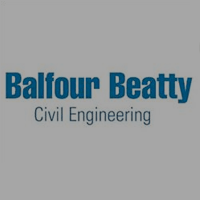Why use focus groups in a climate survey?
Most managers are familiar with climate surveys conducted using a questionnaire, either online or in paper copy. This is an efficient way of collecting information from across the workforce and ensuring that all voices are heard.
Focus groups, however, can add depth and insight to the survey process. With focus groups it is possible to explore in depth the attitudes of team members and by group interaction, stimulate discussion and test out ideas.
Focus groups can be used at any point during the survey process but they offer slightly different benefits depending on where they fit in to the survey timeline.
At the design stage, focus groups are an essential. They are critical in determining what are the safety concerns of members of the production workforce. These may be different to those identified by the management team and it is important to find out what really concerns those who face daily risks at the workface. Additionally, at design stage focus groups can capture the language that workers use so that the questionnaire can be designed to be as accessible as possible.
Focus groups can be run in tandem with the survey. Here, they add depth and colour to the quantitative process. There is an opportunity to explore in depth the issues that are addressed in the survey and to draw out thoughts and feelings about safety issues. Whereas the quantitative survey gives robust evidence using data drawn from across the workforce, the focus group yields high quality data from a small representative section of the workforce. The two data are complementary.
Post survey, focus groups give the opportunity to explore issues that have arisen from analysis of the questionnaires, possibly to validate the findings or to find out what lies behind some of the response patterns. This might be useful when issues such as peer pressure or leadership have emerged in a negative light.
Whenever they occur during the survey process, focus groups should be conducted by an independent person from outside the project. Focus groups should be in confidence sot that participants feel free to express their views without fear of comeback.
Focus groups can offer a useful addition to the survey, giving a unique in depth insight to workforce attitudes to safety.








